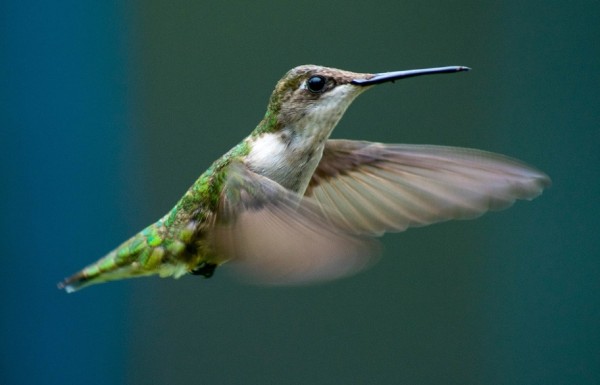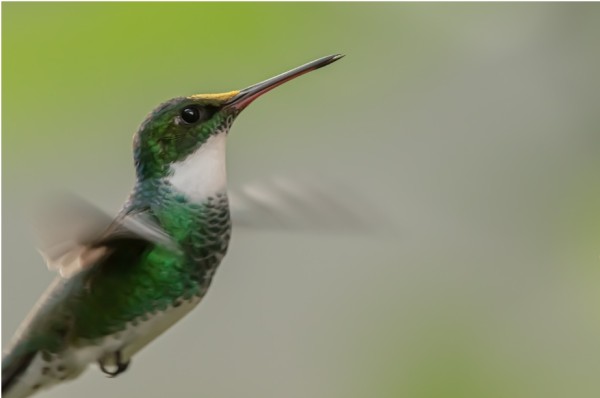
United States, 24th Sep 2024, - Aerial hummingbirds are among the most exquisite species on the planet. They could be large, colorful, and able to fly or even hover. One of the most difficult tasks in the animal kingdom is known to be performed by them: migration. Mammals that can fly include hummingbirds, but when do hummingbirds migrate? What problems do they face in their long journey? But the fact is that they are not like most other birds that fly in formations; they fly on their own and can cover thousands of miles of even the most complicated geography.
Migration is a crucial aspect of their lives since it enables them to search for food and better living standards at different times of the year. However, there are always difficulties that one has to face during the journey, such as weather adversity, tiredness, and risks from predators. In this article, we will also focus on the information about when do hummingbirds migrate and the difficulties they face during migration.
Timing Of Hummingbird Migration:
Hummingbirds must fly from one place to another in search of food and a better environment, and migration is a natural phenomenon that they cannot avoid.
During the fall, most of the different types of hummingbirds, including the Ruby-throated Hummingbird, start migrating in August and October. The breeding time varies with different species and the area in which they live. For example, hummingbirds living in the northern part of the world will start their migration earlier than those in the southern part because the winter comes early in the north.
The north migration takes place from February through May, and thee birds fly in areas where flowers that offer nectar for food bloom. Their movement schedule is perfect and synchronized with the food supply, as they need it in plenty when they get to their new location to feed on nectar and small insects.
The Physiology Of Migration: Preparing For The Long Haul
Hummingbirds are not different; there is always a pre-flight phase called hyperphagia when they feed intensively to store fat in their bodies. These fat stores are crucial for the energy required in flight over long distances. In fact, during this period, a hummingbird can gain 25-50% of its body weight, and all this weight gain will be used as fuel during migration.
This is one of many changes they must undergo in preparation for increased food consumption. With one of the greatest metabolic rates of any bird, they should have no trouble obtaining the large amounts of energy they require. While migrating, they can use fat at a very high rate to meet energy needs and fly for long durations without stopping.
As we learn, when do hummingbirds migrate, let's move toward their nonstop flights.
Long-Distance Travel: The Perils Of Nonstop Flights
One of the big problems that hummers encounter in migration is the requirement to fly large distances. Some species, like the Ruby-throated Hummingbird, migrate up to 2,000 kilometers from their breeding grounds in North America to their wintering grounds in Central America. This voyage can take up to 24 hours to accomplish and usually requires an uninterrupted flight over the 500-mile Gulf of Mexico.
The Gulf crossing is dangerous because the birds do not have anywhere to feed or even get some sleep. During this migration stage, these small birds depend solely on the fats accumulated before this migration for their energy. An error in estimating their energy requirements may lead to death through fatigue.

Navigational Challenges: How Do The Hummingbirds Get To Know Their Way?
Another interesting factor regarding hummingbird migration is their navigational skills. These small birds fly for thousands of miles, sometimes using the same paths each year, yet they fly in isolation with no group or shepherd.
It is possible to say that hummingbirds rely on certain instincts and signals to navigate their way during migration. Researchers believe that they use the sun's position, the earth's magnetic field, and even geographical features such as mountain ranges and coastlines to navigate the environment. Also, they have one of the best memories of all birds and may be able to use vision to recall some of the most critical feeding grounds with a lot of food.
Nevertheless, nothing can be compared to the migratory experience, which is characterized by many uncertainties. Sometimes, they are blocked by changes in the landscape caused by human activities, while unfavorable weather conditions may affect their movement at other times. These birds are diligent creatures, yet even the most experienced one may lose its way during the migration.
Helping Hummingbirds During Migration: What We Can Do
However, even with their many difficulties, these beautiful creatures are known to undertake their impressive migration annually. As people's interference and climate change impacts continue to threaten these birds, some things can be done to assist them during their migration.
A fundamental way to contribute is by putting up feeders for the hummingbirds in your compound, particularly during the spring and fall migration periods. A solution of four parts water to one part sugar is an excellent way of supplying energy to migrating hummingbirds. It is also important to remember to clean the feeders from mold, as it can be hazardous for the birds.
The next thing you can do is plant flowers that may produce nectar that these birds feed on when they migrate. Broadly tubular, brightly colored flowers, such as the trumpet vine, bee balm, and salvia, attract these birds and offer them natural sources of food when they are on the move.
Conclusion
Knowing when do hummingbirds migrate helps us better understand their time and the struggles they undergo. This means that by providing food, shelter, and safe places for these birds, we can contribute to their conservation and see them grow and fly to complete their migration in the next few years.
Organization: Birdfy
Contact person: Nike Benz
Website: https://www.birdfy.com
Email: info@birdfy.com
City: New York
Country: United States
Release id: 10169
Disclaimer: The views, recommendations, and opinions expressed in this content belong solely to the third-party experts. This site was not involved in the writing and production of this article.
